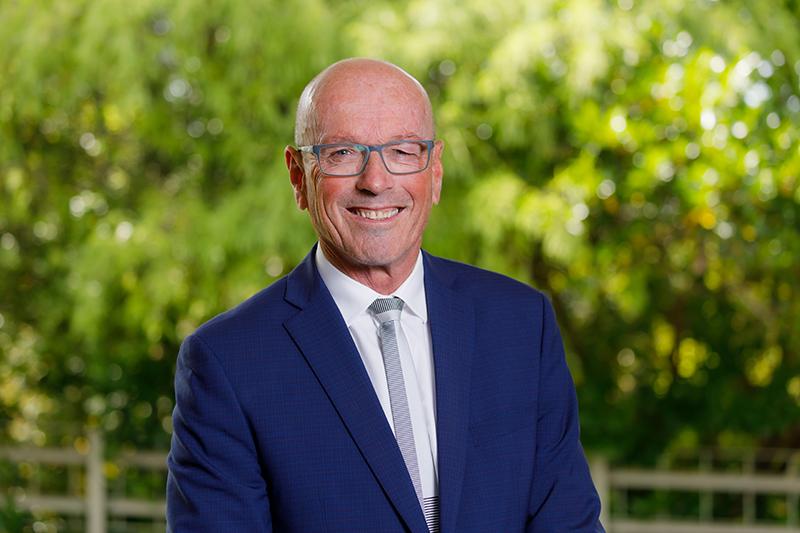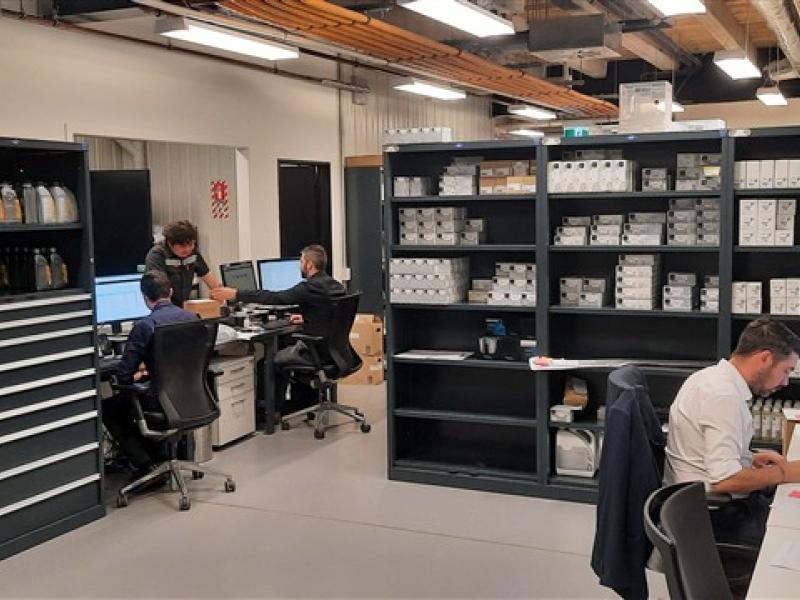To comprehensively address our skills shortage, New Zealand’s employers must fundamentally broaden thinking about who is targeted for vocational education and training ...and how we go about training them. Warwick Quinn, Te Pūkenga Deputy Chief Executive –Employer Journey and Experience, explains why!
In the past, school leavers were funnelled through New Zealand’s vocational training system, a traditional ‘next step’ into adulthood. Our offering was far from perfect but as a sector, we dutifully churned out some of the skilled workers our employers and our economy needed. Each year, thousands of young people would emerge newly qualified and eager to take a job.
Those days have gone. Demographically, New Zealand has far fewer school leavers as a percentage of our population and the situation gets worse from 2023 onwards so will not change any time soon. Coinciding with that, we have a rapidly ageing population and a greater desire from more people to retire early.
On top of that, enter Covid-19. Closing our borders meant our access to immigrants stopped overnight. There is now some easing of that, but the change will take time to filter through and it is unlikely we will see the same numbers of international students as before, or indeed the same numbers of immigrants in New Zealand workplaces.
Meanwhile, with borders now opening, our own young people who may previously have entered vocational education and training are at risk of bolting, heading off on their rite of passage, the ‘Great OE’. Those who remain are having no trouble finding full employment, conscious no doubt of forecast economic hardship ahead.
Combined, these measures paint a challenging picture for NZ Inc and our sectors, given almost every employer in New Zealand is already struggling to find staff, and given we are only on the edge of our demographic cliff. The reality is, we can’t ‘solve’ the skills shortage by going back to those traditional pools of people we have targeted before – those pools are now too small.
Our challenge – and our opportunity – is to work together to fundamentally broaden our thinking about who we offer vocational training to, and how best we should do that. We need to unbundle and repackage what we have to offer so it better meets learner and employer needs.
Finding a workforce
In the last month, New Zealand has seen a new unified funding system launched for vocational education that is heavily weighted in terms of work-based and work-integrated learning at the expense of classroom learning. Put simply, it means more emphasis on people upskilling while at work or embedding real industry problems in an academic curriculum that learners and employers work collectively on.
Te Pūkenga supports this approach, given 60 percent of vocational learning is undertaken in the workplace. Our challenge is to continue to work alongside employers to provide as much support as we can. We recognise the effort and investment of employers is a key step in growing and supporting a highly skilled workforce.
But before we can train a new workforce, we need to find people keen and able to be involved.
With a diminishing supply of school leavers, our traditional approaches to recruitment may no longer deliver what New Zealand needs. We must consider how to attract those people into vocational education and training who might not have previously been involved. We need to think differently and in many instances, offer something different to make it easier for firms to train people more productively and more quickly. We need a much more nimble and agile system in order to respond to the workforce challenges we will face over coming decades.
The good news is... we do have options.
To begin with, we have a cohort of learners who have traditionally been under-served by vocational education and training. Prior to Te Pūkenga forming, the lack of scale in our sector meant smaller providers were forced to appeal to their biggest user groups, effectively leaving some learners behind. That equity imbalance must change and doing so is an absolute bottom line for Te Pūkenga.
It is in all of our interests to work harder to attract and retain these learners into the system by doing a much better job of meeting their needs. Under-served learners include Māori, people with disabilities, Pacific and others. This is a rich group of talented, potential learners, willing and able to become involved if we can make it attractive for them to do so.
That means thinking beyond New Zealand, and offering opportunities further afield. Our workforce in the future is likely to be drawn, in part, not just from New Zealand and traditional immigration, but from the Pacific Basin. It should be very obvious that firms which embrace and encourage diversity among their workforce will be in a far stronger position to weather the challenges ahead.
And let’s also look inwards and ask ourselves how best we can upskill our existing staff so firms improve productivity and competitiveness from existing resources. Having individuals sign into a four-year programme will be daunting for many – too daunting. We may need to staircase people in, offering them access to smaller bites of knowledge, delivered in a way and timeframe that suits them, and which aligns with the skill sets employers most want. In time, if they want to move forward into a multi-year programme, they can.
Our role
Meanwhile, the sector itself needs to adjust to this new reality and that is already well underway. Te Pūkenga will be offering work-based, classroom-based and digital learning and in whatever blend suits the learner and employer. We will be agnostic to the mode of delivery – one form of provision will not be competing with another as we have in the past.
Importantly, separate vocational training institutions will no longer be pitted against each other for a slice of a smaller group of potential learners. Instead we will have the kind of scale we need to deliver comprehensive change.
Already we are rolling out some trials alongside sector and employer partners which involve new ways of training and learning. Meanwhile, employers can also expect to see the number of programmes offered by our sector both rationalised and nationalised. They will be more targeted and aligned closely with firm requirements. Resources will be shared across the network and genuine support will be given to employers to help them teach and train better.
The challenge is clear and we have a way forward, although we have a lot of work to do. But even working alongside employers and industry, Te Pūkenga cannot solve the skills shortage in isolation. We are already pulling every lever we have to help build a more nimble and agile vocational training system.
We are only one part of the picture and the sector is already working alongside government to address major policy issues like immigration. We look forward to partnering with employers as part of those efforts.
Warwick Quinn is Deputy Chief Executive Employer Journey and Experience at Te Pūkenga. He was previously Chief Executive of BCITO, Motor Trade Association and Registered Master Builders Association.






